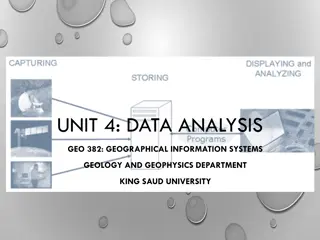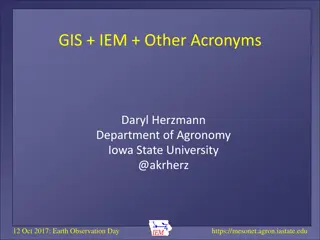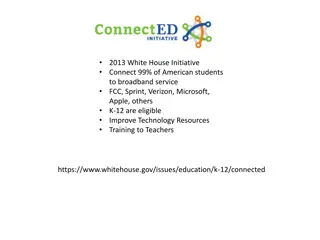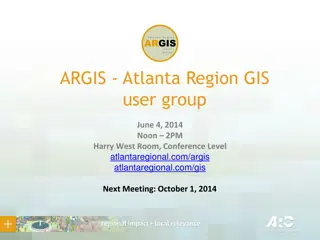Supporting Children and Young Adults with Special Needs in a Multilingual Environment
Exploring challenges and potential solutions for children and young adults with special needs in foreign language settings. The content delves into early intervention, signs to watch for, individualized support strategies, and upgrading language skills. Practical suggestions are provided for educators and caregivers on how to enhance communication, motor skills, and overall development.
Download Presentation

Please find below an Image/Link to download the presentation.
The content on the website is provided AS IS for your information and personal use only. It may not be sold, licensed, or shared on other websites without obtaining consent from the author. Download presentation by click this link. If you encounter any issues during the download, it is possible that the publisher has removed the file from their server.
E N D
Presentation Transcript
Children and young adults with special needs in the foreign language environment. Solutions and steps towards better understanding and effectiveness. Silvia Marinova educator and psychologist
CONTENT The Challenged child Early Intervention Environment First Signs Individual Work Upgrade Sustain New perspective Student again? Food for thought Thank you!
The Challenged Child Dyslexia: Illiterate in Spelling Writing Reading ADHD: Inattentive Impulsive Hyperactive
Early Intervention = Prevention? Non-verbal Language deficits Gross motor deficits Social estrangement Fine motor deficits Practitioner/Therapist Speech therapist/Linguist Sport/Osteopath Travelling/Diverse Surroundings Sensory/Tactile Stimulation
SUGGESTIONS: Denver II Developmental Screening Test Developmental Profile 3 Test for school readiness M-CHAT-R/F (autism no eye contact)
Immediate Environment: Friends (who, why, how many) Family (who, why, how many) Interests (what, why, how many) Everyday social surrounding
First Signs Teachers Role Different stimulation Do in class/at home Engage individually Talk privately Explain clearly/shortly Poor literacy No homework Lack of interest Failure to comply Failure to complete
Individual Work Teachers Role Motivation/Self-esteem Promote self-regulation Spark interest Achieve desired outcome Pep talk Quick intervention Suggested extra activities One-on-one session
Upgrade Phoneme Grapheme Syllable Word Formation Sentence Cohesion Text Comprehension Text Interpretation Phonemic Chart Alphabet Materials Animal Imitation Hangman Role play, team work Ask questions Story-telling
SUSTAIN Dictations Dictionary notebook Music / Rhymes Graded readers Share personally Maintain curiosity
NEW PERSPECTIVE NEW FONT! ADYS: http://www.adysfont.com/ DYSLEXIE: https://www.dyslexiefont.com/en/home/
STUDENT AGAIN? Accumulate new relevant knowledge: What has been the most useful co-working cooperation? What was your best school experience? Do you implement that in your practice?
THANK YOU! marinova.silvia@gmail.com























